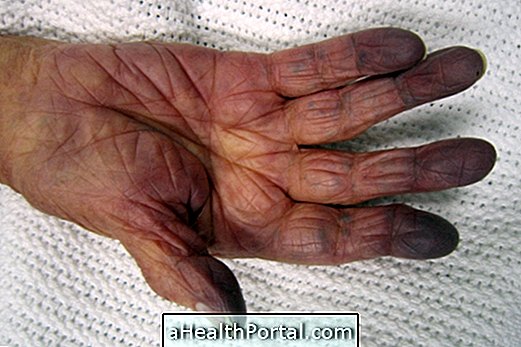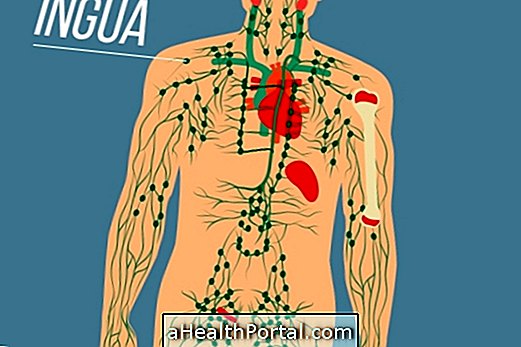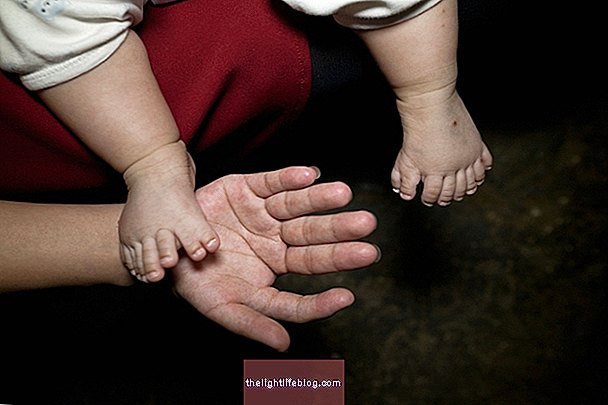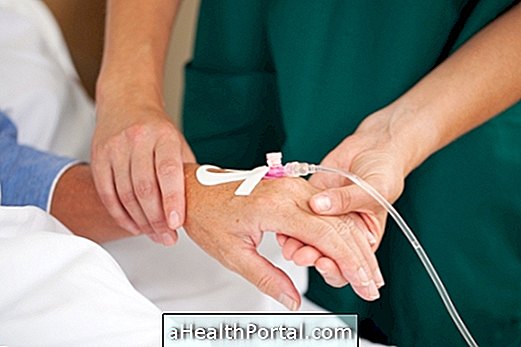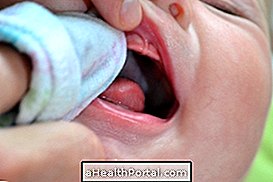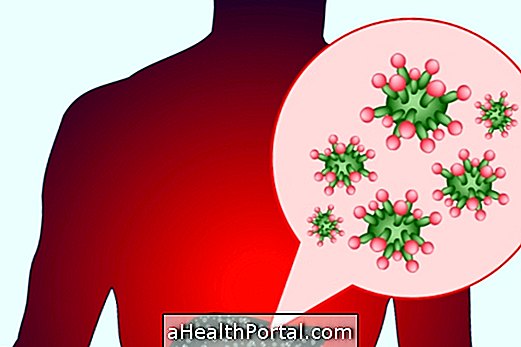The symptoms of fertilization, such as abdominal pain and pink discharge, are felt when the embryo formed is fixed to the wall of the woman's uterus where it will develop during pregnancy.
Usually these signs are not frequent and many women do not notice them, but one should be aware of the appearance of a small light pink bleeding until the 3rd day after intimate contact, as it may represent the beginning of pregnancy.

How to know if there was fertilization
In order for fertility to occur, and consequently pregnancy, a viable spermatozoon needs to find an ovum, and it is necessary for the woman to be in the fertile period. The eggs remain viable 12 to 24 hours on their way to the uterus, while the sperm survive between 48 and 72 hours.
The symptoms of fertilization are not always present, but some may show signs of fertilization, the main ones being:
- Take abdominal colic on the 6th or 7th day after the fertile period;
- Slight pink discharge after 10 to 12 days of fertile period;
- Tiredness and drowsiness;
- Mild and persistent headache;
- Breasts swollen and sore.
After about 4 weeks of fertilization, the first symptoms of pregnancy begin, which are usually morning sickness and delayed menstruation. See what are the first 10 symptoms of pregnancy.
To know the first signs of pregnancy, it is important to know the date of ovulation, so take the test and know when your next fertile period will be:

How to confirm pregnancy
To detect pregnancy, one can first take the pharmacy test and, in case of a positive result, pregnancy can be confirmed through the beta-HCG blood test, which can be done as soon as the menstruation delays. See how pregnancy tests work.
In addition, another way to detect pregnancy is through an ultrasound examination, which can identify the presence of the embryo in the uterus and the baby's heartbeat. It is also important to remember that after confirming the pregnancy, one should seek out the gynecologist and initiate prenatal follow-up.



